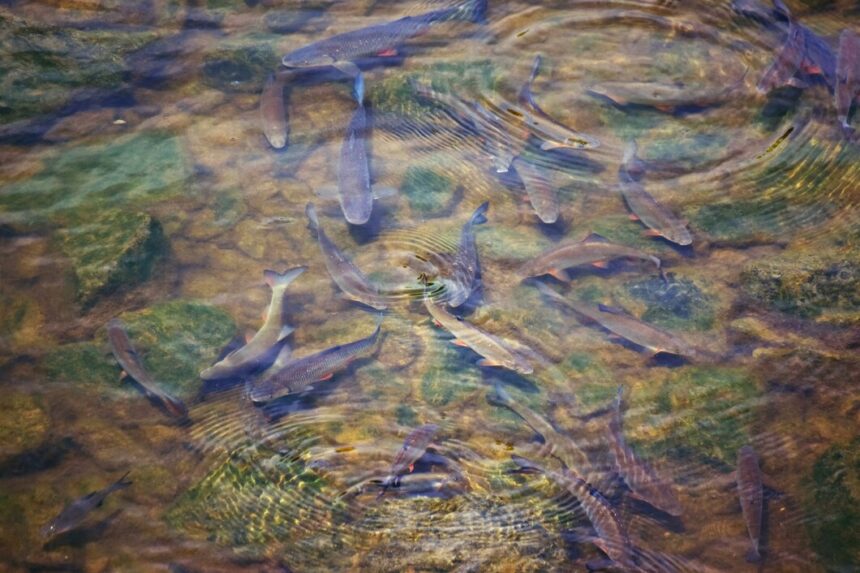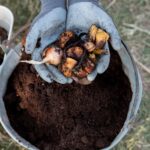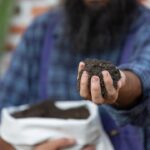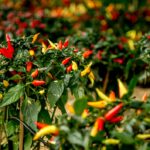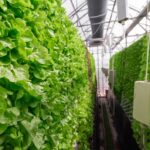Fish farming, or aquaculture, is a growing industry in South Africa, offering a sustainable way to produce fish while addressing the country’s increasing demand for food. For South African farmers, fish farming presents a lucrative opportunity to diversify agricultural activities, improve food security, and create employment. If you’re considering starting a fish farming venture, this guide will walk you through the essential steps to get started.
1. Choose the Right Fish Species
Selecting the right fish species is critical for the success of your fish farm. Some species thrive better in certain climates and water conditions. In South Africa, popular fish species for aquaculture include:
- Tilapia: A hardy, fast-growing species that adapts well to various environments. Tilapia is in high demand due to its mild taste and nutritional value.
- Catfish: Known for its resilience and ability to grow in poor water conditions, catfish is an ideal species for small-scale farmers.
- Trout: Best suited for colder climates, particularly in regions like the Western Cape and parts of KwaZulu-Natal, trout farming can be profitable if you have access to cold, clean water.
- Carp: This fish is widely grown due to its adaptability to various water conditions and ability to thrive in pond systems.
2. Understand the Market Demand
Before starting your fish farm, conduct thorough market research to understand the local demand for fish in your area. Key markets to explore include:
- Local consumers: Many urban and rural communities in South Africa have a growing appetite for fresh, locally-produced fish.
- Restaurants and supermarkets: Partner with local food retailers and hospitality businesses to supply them with fresh or processed fish.
- Export market: Depending on your production scale, you may want to explore export opportunities, particularly for high-demand species like tilapia and trout.
3. Select a Suitable Farming Method
There are several fish farming systems to choose from, each with its advantages and requirements. The most common systems include:
- Pond Culture: This is the most traditional form of fish farming, where fish are raised in earthen ponds. Ponds are relatively low-cost and suitable for species like tilapia, catfish, and carp. The ponds must have adequate drainage, aeration, and filtration systems to maintain water quality.
- Tank or Cage Culture: Tanks and cages are increasingly used in areas where land is limited. Tank culture involves raising fish in controlled tanks, while cage culture involves placing fish cages in existing water bodies like lakes or dams. Both systems require good water management to avoid overcrowding and poor water quality.
- Recirculating Aquaculture Systems (RAS): RAS systems involve filtering and reusing water, making them ideal for areas with limited water resources. Though RAS systems are more expensive to set up, they allow for greater control over the environment and are more sustainable.
4. Construct or Purchase a Fish Pond or Tank
Once you’ve chosen your farming method, it’s time to construct the pond, tank, or cages. Proper construction and site selection are crucial for the success of your farm.
- Site Selection: Choose a site with access to a reliable water source, preferably from a borehole, river, or dam. The area should have suitable soil for pond construction, which typically requires clay-rich soils to retain water.
- Pond Construction: For a pond culture system, excavate the pond according to the required size, ensuring it’s large enough to accommodate the fish species you intend to farm. The depth should generally range between 1.2 to 2 meters. Make sure the pond is well-drained and has a slope that allows easy water drainage.
- Tank or Cage Installation: If using tanks, ensure they are made of durable materials and equipped with aeration, filtration, and temperature regulation systems. For cage culture, position the cages in flowing water to maintain oxygen levels.
5. Stock Your Fish
Once your pond or tank is ready, you can stock it with fish fingerlings (juvenile fish). Key factors to consider when stocking fish include:
- Stocking Density: Stocking density refers to the number of fish you can raise per unit of water. Overstocking can lead to poor water quality, disease, and stunted growth. For tilapia, a density of 2-3 fish per square meter is common in ponds, while for catfish, a higher density is usually possible.
- Source of Fingerlings: Purchase high-quality fingerlings from reputable hatcheries to ensure good growth and survival rates. Look for hatcheries certified by the Department of Agriculture, Forestry, and Fisheries.
6. Manage Water Quality
Water quality is one of the most important factors in fish farming. Fish need clean, oxygen-rich water to thrive. Regularly monitor the following parameters:
- Oxygen Levels: Ensure that the water is well-aerated, especially in tank systems where the fish are in a confined space. Use aerators or water pumps to maintain adequate oxygen levels.
- Temperature: Different fish species have specific temperature requirements. For example, tilapia prefers temperatures between 25-30°C, while trout needs cooler water (below 20°C).
- pH Levels: Fish thrive in water with a pH between 6.5 and 8.5. Regularly test the water and make adjustments if the pH is too high or low.
7. Feed Your Fish Properly
Fish feed accounts for a large portion of production costs. To promote growth and minimize waste, feed your fish a well-balanced diet that meets their nutritional needs. Options include:
- Commercial Feeds: Use specially formulated fish pellets that provide all essential nutrients.
- Natural Feeds: In pond culture, fish can also feed on natural organisms like plankton. Adding organic fertilizers like manure can stimulate the growth of plankton and other natural fish food.
Feed your fish at regular intervals, usually twice a day, ensuring that you don’t overfeed them, as leftover feed can degrade water quality.
8. Prevent and Manage Diseases
Fish are susceptible to various diseases and parasites, especially in overcrowded or poorly managed systems. Common issues in South African fish farms include bacterial infections, fungal diseases, and parasites like lice and flukes. To prevent disease:
- Maintain good water quality: Poor water quality is the primary cause of stress and disease in fish.
- Isolate sick fish: If you notice any sick fish, isolate them immediately and treat them with appropriate medication.
- Consult a vet: If a disease outbreak occurs, consult a veterinarian specializing in aquaculture to prescribe the correct treatment.
9. Harvest Your Fish
Once your fish have reached market size, usually between 6-12 months, it’s time to harvest. Harvesting methods will depend on your farming system:
- Pond Culture: Drain the pond partially to gather the fish using nets or traps.
- Tank or Cage Culture: Use nets to carefully remove the fish from the tanks or cages.
Ensure proper post-harvest handling to maintain the quality and freshness of your fish. Fish should be cleaned, packed, and transported in cold storage to avoid spoilage.
10. Market Your Fish
Finally, establish a clear plan for marketing your fish. In South Africa, fish farming is a growing industry with multiple opportunities:
- Direct Sales: Sell your fish at local markets, supermarkets, or to restaurants.
- Wholesale: Partner with wholesalers or distributors who can sell your fish to a larger market.
- Value-Added Products: Consider processing your fish into fillets, dried fish, or smoked fish to add value and attract a broader range of customers.
Fish farming offers an excellent opportunity for South African farmers to diversify their operations and meet the growing demand for protein. By selecting the right species, managing water quality, providing proper nutrition, and taking steps to prevent disease, you can run a successful and profitable fish farm. With the right resources and planning, fish farming can be a sustainable and rewarding venture in South Africa.
Join 'Farmers Mag' WhatsApp Channel
Get the latest Farming news and tips delivered straight to your WhatsApp
CLICK HERE TO JOIN
